Alaska: Rules to Live By
Flying the last frontier
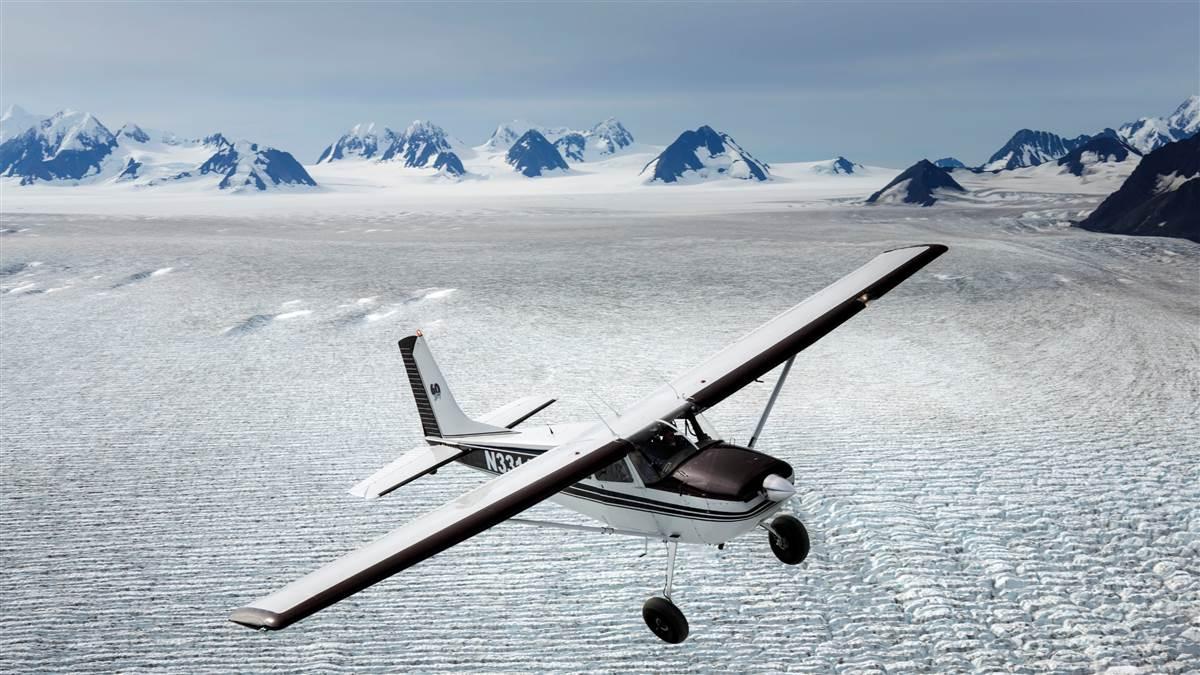
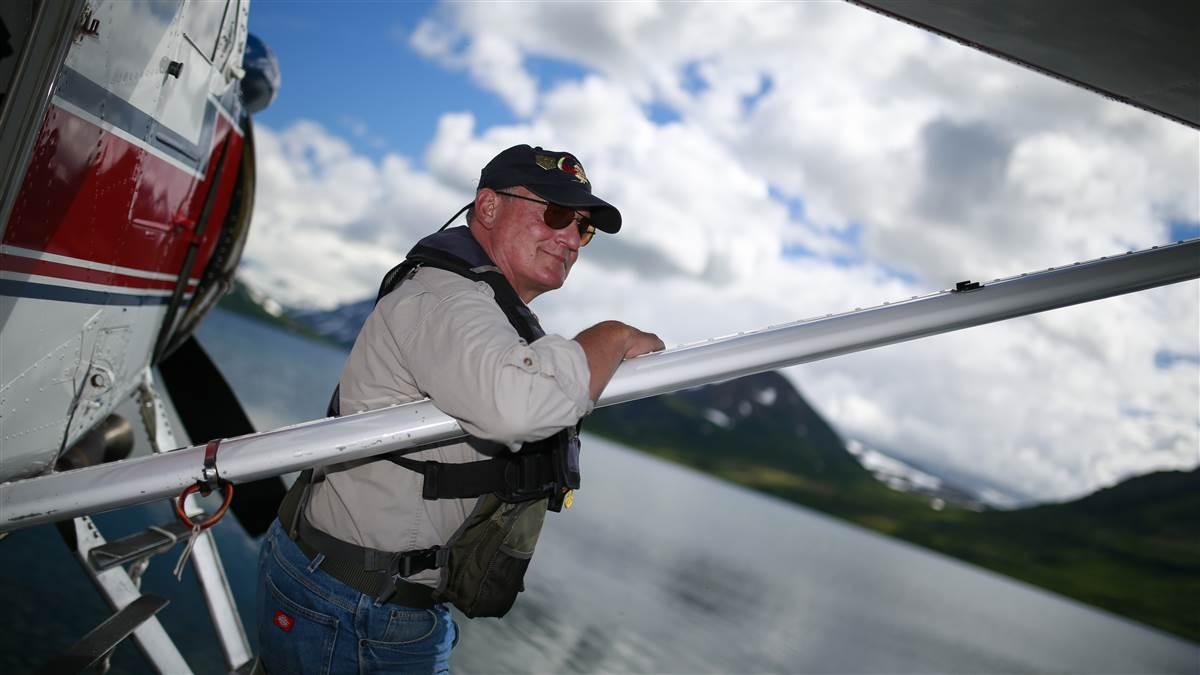 Here are a few tips from Alaska flying veteran Ken Strickler, chief pilot at Alaska Rainbow Lodge, who leads a team of fellow pilots flying float-equipped de Havilland Beavers in the remote Bristol Bay region.
Here are a few tips from Alaska flying veteran Ken Strickler, chief pilot at Alaska Rainbow Lodge, who leads a team of fellow pilots flying float-equipped de Havilland Beavers in the remote Bristol Bay region.
Even though the pilots flying for the high-end fishing lodge have instrument ratings and the airplanes are IFR equipped, they seldom fly in, or above, clouds. Pilots are taught to maintain visual contact with the ground at all times, and to follow rivers if necessary over the lowest possible elevations. Almost all the airspace in that area is Class G, which requires just one mile of visibility while remaining clear of the clouds.
And clouds are a nearly constant companion, especially during the summer when rain, low ceilings, and fog are common near the cold ocean waters.
Here, in no particular order, are some of Strickler’s Alaska flying tips:
Alaska pilots cooperate—even when they’re competitors. Announce your position and destination to avoid potential traffic conflicts, and share information about changing weather conditions that have the potential to affect others.Don’t fly at round-number altitudes such as 1,000 feet or 1,500 feet. “That’s where everyone else flies,” he said. “Better to be at 700 or 1,300 or another random height that other pilots aren’t habitually drawn to. I don’t know what it is about the way we train pilots that makes them fly at certain altitudes, but I make it a point to avoid them.”
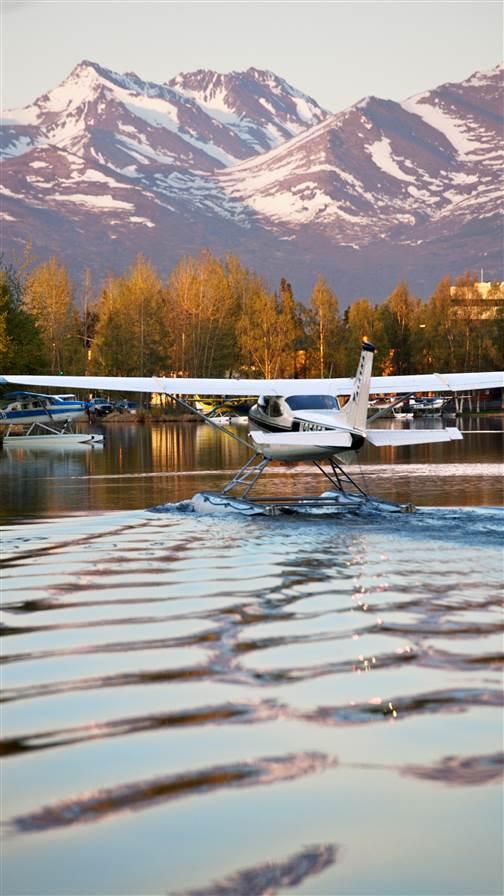 Cumulus clouds in Alaska typically don’t pack the same punch that they have in the contiguous states, particularly in stormy regions such as the Great Plains or the southeastern United States. Alaskan cumulus clouds tend to have less turbulence because they’re not building into thunderstorms, and there’s less danger of powerful up- or downdrafts.
Cumulus clouds in Alaska typically don’t pack the same punch that they have in the contiguous states, particularly in stormy regions such as the Great Plains or the southeastern United States. Alaskan cumulus clouds tend to have less turbulence because they’re not building into thunderstorms, and there’s less danger of powerful up- or downdrafts.
Most wind is east or west and well aligned with mountain ranges and canyons. But watch out when the wind blows from the north or south. The wind rises and falls over sharp ridgelines, creating powerful rotors and severe turbulence. When flying through valleys, stick to the right side (unless that side of the valley is subject to downdrafts).
Don’t overfly big bodies of water, even in a floatplane. Surface conditions and swells on places such as Lake Iliamna can be so big and stack up so close together that even relatively large seaplanes like de Havilland Beavers or Otters, are likely to break up on contact, flip over, and sink. The water temperature is only 40 degrees Fahrenheit at the height of summer, and damaged floats tend to sink, leaving nothing for survivors to cling to. Better to stay over land or smaller, more protected lakes and rivers that offer survivable emergency landing areas.
Spot landings are the fundamental key to bush flying. You can’t afford to carry extra speed and land long, as you can when landing on long, paved runways. Get used to touching down within 100 feet of your aiming point on the centerline and you’ll gain an essential skill for Alaska flying—where short, narrow airstrips and confined water landing areas are common.
Don’t lose sight of the ground. IFR in this context means I Follow Rivers. (There are no roads or railroads on the tundra.) Thankfully, there are few cell towers, weather stations, or other manmade obstacles. Also, when flying low, it’s sometimes better to fly really low. Avoid the ragged cloud bases that can obscure visibility, and get down on the deck where forward visibility is often better.
Prepare to wait. A good book can keep your mind occupied for hours, and bring paperbacks whenever possible. Their pages can be used to start fires, or used as toilet paper in a pinch.
Make sure someone knows where you’re going, what route you’re following, and when you plan to return. Satellite messengers are terrific tools that can inform friends or coworkers of changing situations, and personal locator beacons are excellent at helping rescuers pinpoint your location.
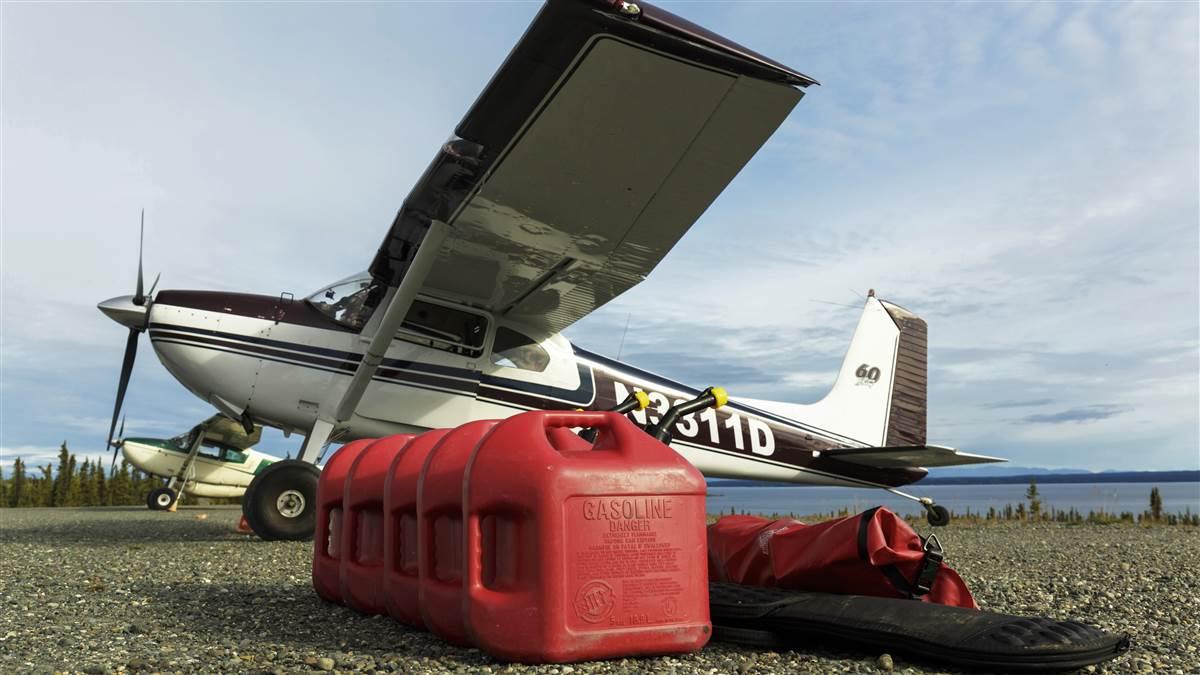 A survival kit is a requirement, but if a floatplane flips or sinks—or an airplane breaks up and burns—you may not be able to retrieve it. The only things you’re sure to have are the items on your person, and that means in your survival vest pockets.
A survival kit is a requirement, but if a floatplane flips or sinks—or an airplane breaks up and burns—you may not be able to retrieve it. The only things you’re sure to have are the items on your person, and that means in your survival vest pockets.
Your survival vest should always contain a drinking filter, space blanket, multitool, fire starter, waterproof matches, first-aid kit, satellite phone or messenger, and batteries. (For informative articles on things to consider for survival vests, go to www.backcountrypilot.org.)
Bring a tool kit, and make sure it contains a sparkplug socket, needle-nose pliers, crescent wrench, safety wire pliers and safety wire, duct tape, and zip ties.
Alaska pilots cooperate—even when they’re competitors. Despite the fact that pilots working for competing employers might get an advantage knowing where and when you’re going somewhere, such as a prime fishing spot, don’t be secretive. Announce your position and destination to avoid potential traffic conflicts, and share information about changing weather conditions that have the potential to affect others.
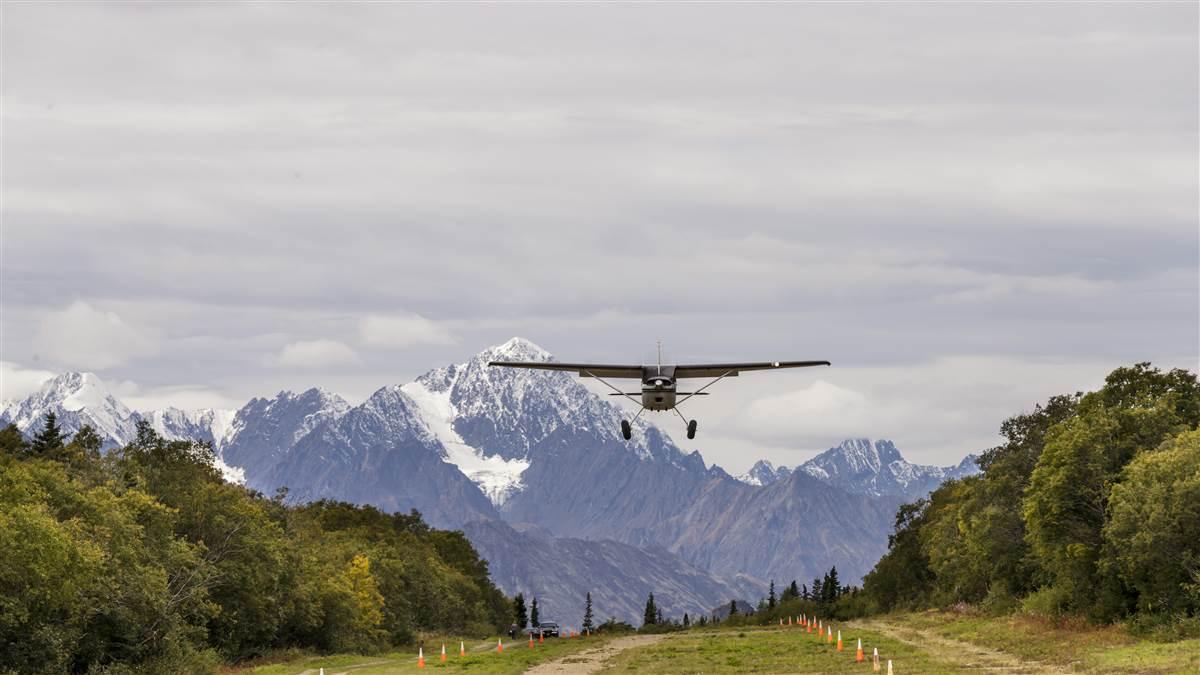 Avoid complacency. The closest Strickler and his team ever came to losing colleagues was a short, seemingly simple trip to retrieve a pair of fishing boats on an afternoon when adverse weather was forecast to arrive late that night. “We didn’t make our normal preparations, bring our usual gear, or prepare for adversity because the task seemed so simple,” he said. “We ended up needlessly putting many people at risk when, with proper preparation, none of that would have been necessary.”
Avoid complacency. The closest Strickler and his team ever came to losing colleagues was a short, seemingly simple trip to retrieve a pair of fishing boats on an afternoon when adverse weather was forecast to arrive late that night. “We didn’t make our normal preparations, bring our usual gear, or prepare for adversity because the task seemed so simple,” he said. “We ended up needlessly putting many people at risk when, with proper preparation, none of that would have been necessary.”



